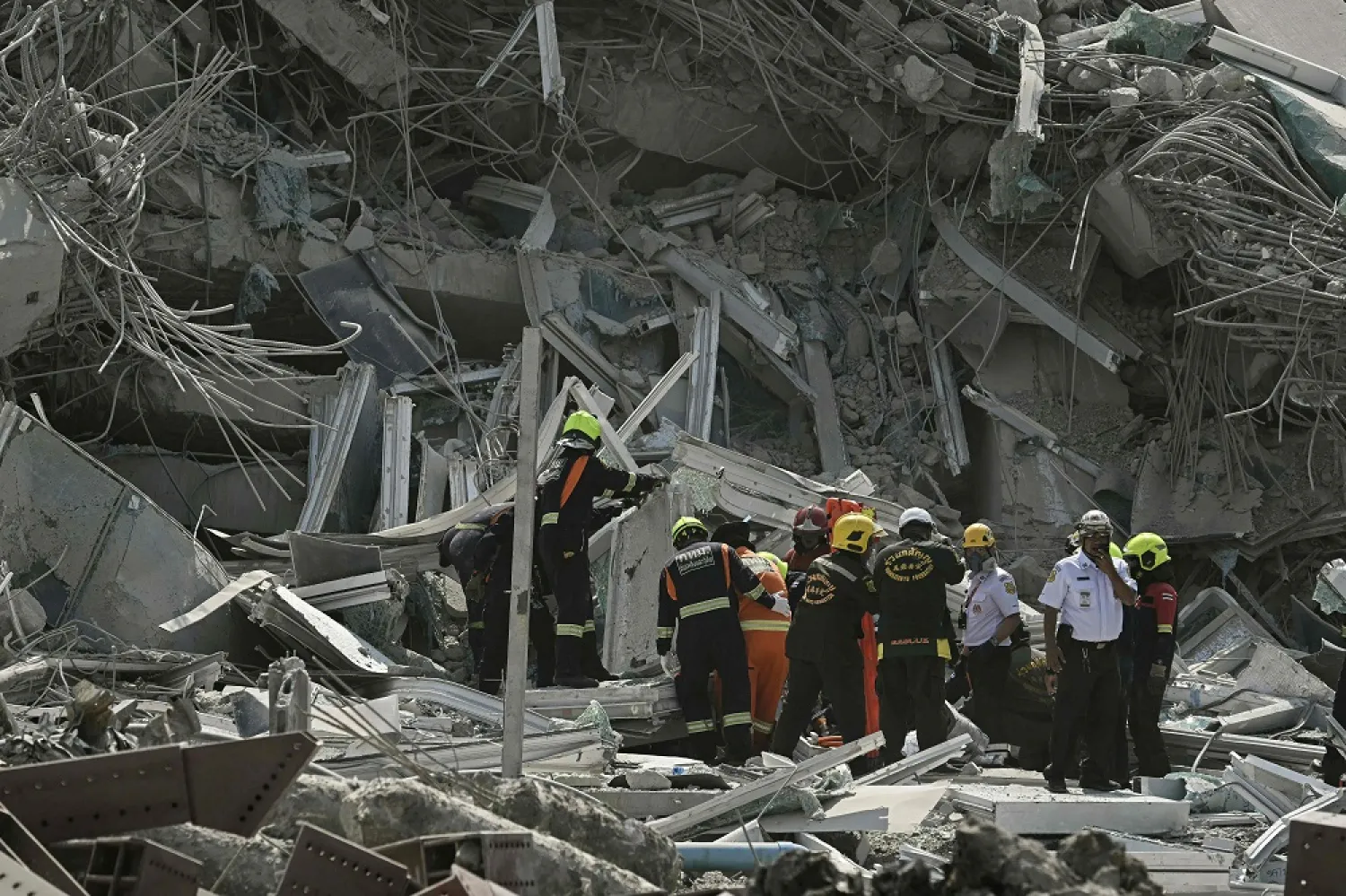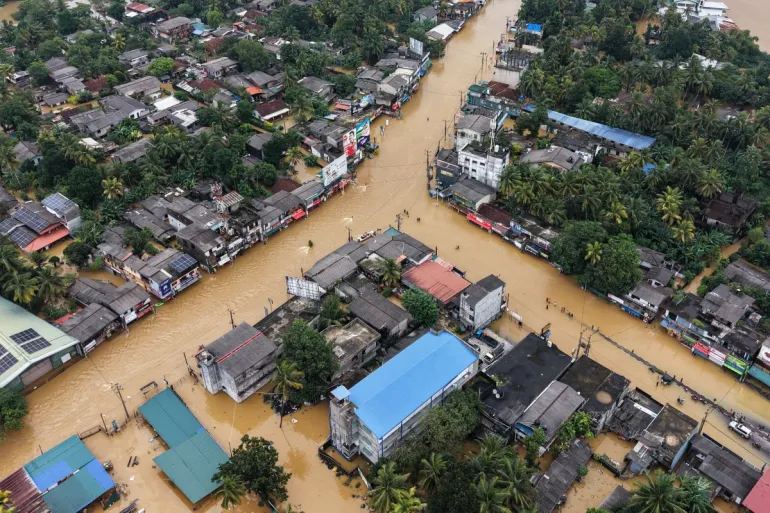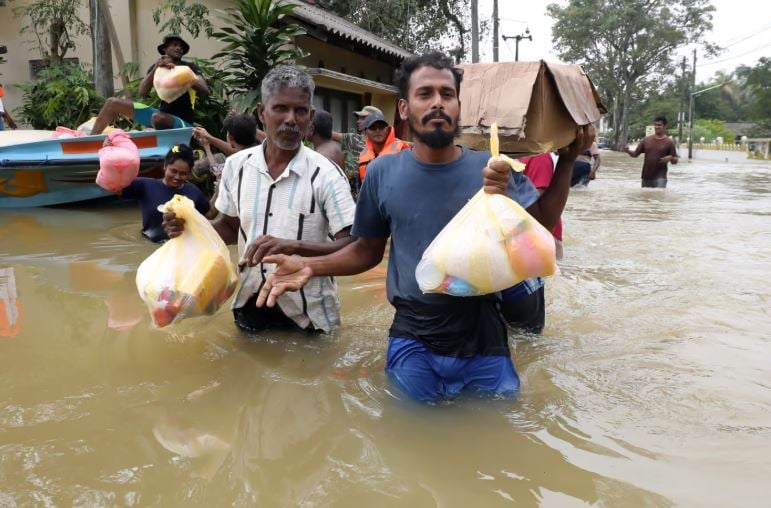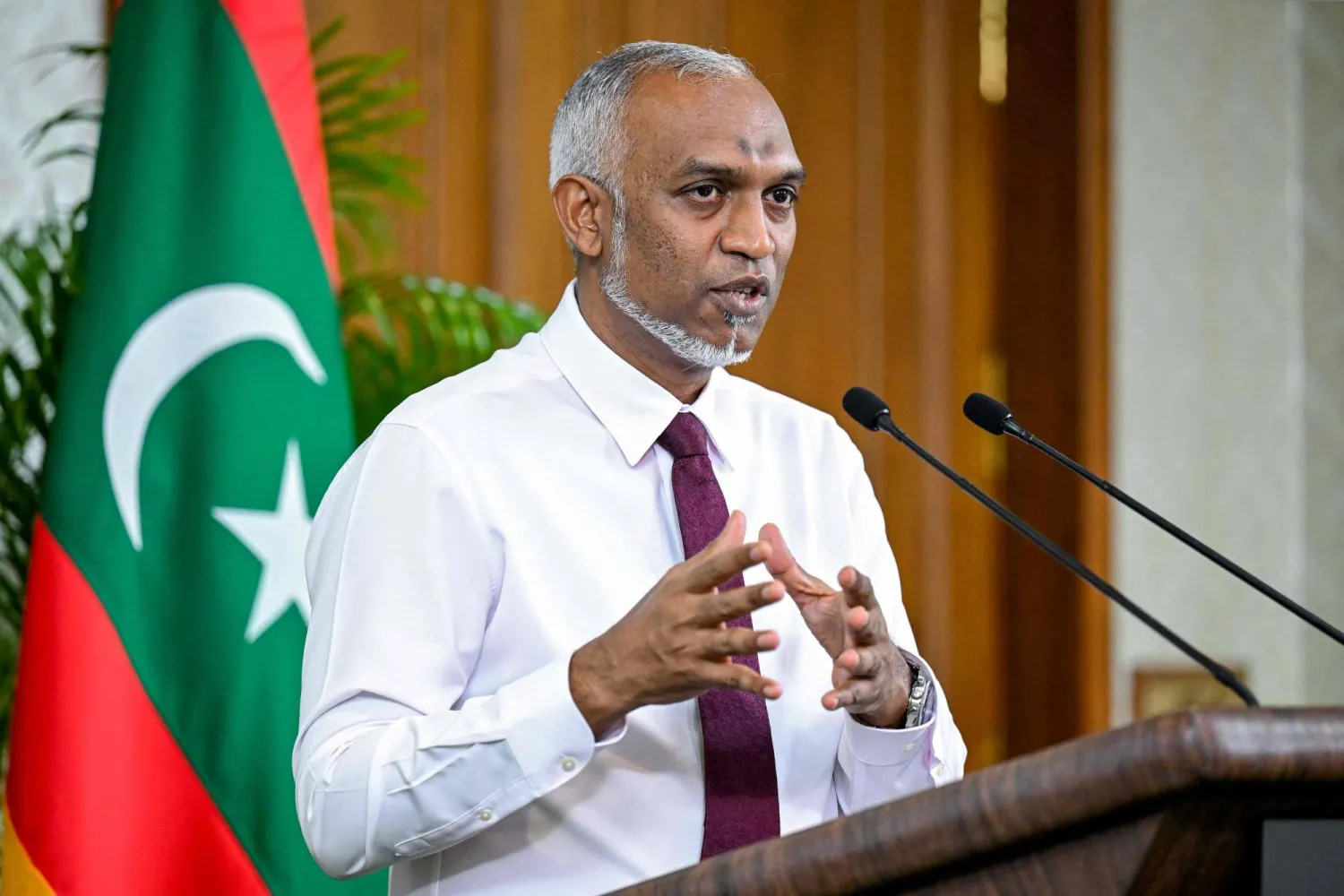A massive 7.7-magnitude earthquake struck Myanmar on Friday, shaking neighboring Thailand and trapping dozens of workers in a collapsed high-rise under construction in Bangkok. Thai Prime Minister Paetongtarn Shinawatra has declared a state of emergency in response to the disaster.
According to the United States Geological Survey (USGS), the powerful tremor hit northwest of the Myanmar city of Sagaing at a shallow depth on Friday afternoon, followed by a 6.4-magnitude aftershock minutes later.
In Bangkok, a 30-story government office building under construction crumbled in seconds, leaving 43 workers trapped under the rubble, police and emergency responders confirmed. Worapat Sukthai, deputy police chief of Bang Sue district, said rescue teams could hear voices calling for help from beneath the wreckage. Authorities estimate that hundreds of people may be injured, but the exact number of casualties remains unclear.
In Myanmar, the earthquake caused widespread panic. AFP journalists at the National Museum in Naypyidaw reported seeing pieces of the ceiling fall as the building shook. Staff members fled outside, some in tears, while others frantically tried to reach family members. Nearby roads cracked and buckled, and traffic to one of the city’s largest hospitals came to a standstill. Officials declared the hospital a “mass casualty area,” with patients being treated outside due to overcrowding.
The tremors sent people rushing into the streets in both countries. A resident of Chiang Mai in northern Thailand said they ran out in their pajamas after waking up to the shaking. Sai, a 76-year-old shopkeeper in the city, described it as the strongest tremor he had ever experienced.
The quake forced the suspension of metro and light rail services in Bangkok, while tremors were also felt in China’s Yunnan province, where authorities recorded the quake at 7.9 magnitude.
Myanmar, which sits on the seismically active Sagaing Fault, has experienced several major earthquakes in the past. In 2016, a 6.8-magnitude quake in Bagan killed three people and severely damaged historic temples. With Myanmar’s strained medical system and poor infrastructure, experts warn that the country’s cities remain highly vulnerable to earthquakes and other natural disasters. Rescue and relief efforts are currently underway.
According to the United States Geological Survey (USGS), the powerful tremor hit northwest of the Myanmar city of Sagaing at a shallow depth on Friday afternoon, followed by a 6.4-magnitude aftershock minutes later.
In Bangkok, a 30-story government office building under construction crumbled in seconds, leaving 43 workers trapped under the rubble, police and emergency responders confirmed. Worapat Sukthai, deputy police chief of Bang Sue district, said rescue teams could hear voices calling for help from beneath the wreckage. Authorities estimate that hundreds of people may be injured, but the exact number of casualties remains unclear.
In Myanmar, the earthquake caused widespread panic. AFP journalists at the National Museum in Naypyidaw reported seeing pieces of the ceiling fall as the building shook. Staff members fled outside, some in tears, while others frantically tried to reach family members. Nearby roads cracked and buckled, and traffic to one of the city’s largest hospitals came to a standstill. Officials declared the hospital a “mass casualty area,” with patients being treated outside due to overcrowding.
The tremors sent people rushing into the streets in both countries. A resident of Chiang Mai in northern Thailand said they ran out in their pajamas after waking up to the shaking. Sai, a 76-year-old shopkeeper in the city, described it as the strongest tremor he had ever experienced.
The quake forced the suspension of metro and light rail services in Bangkok, while tremors were also felt in China’s Yunnan province, where authorities recorded the quake at 7.9 magnitude.
Myanmar, which sits on the seismically active Sagaing Fault, has experienced several major earthquakes in the past. In 2016, a 6.8-magnitude quake in Bagan killed three people and severely damaged historic temples. With Myanmar’s strained medical system and poor infrastructure, experts warn that the country’s cities remain highly vulnerable to earthquakes and other natural disasters. Rescue and relief efforts are currently underway.


















